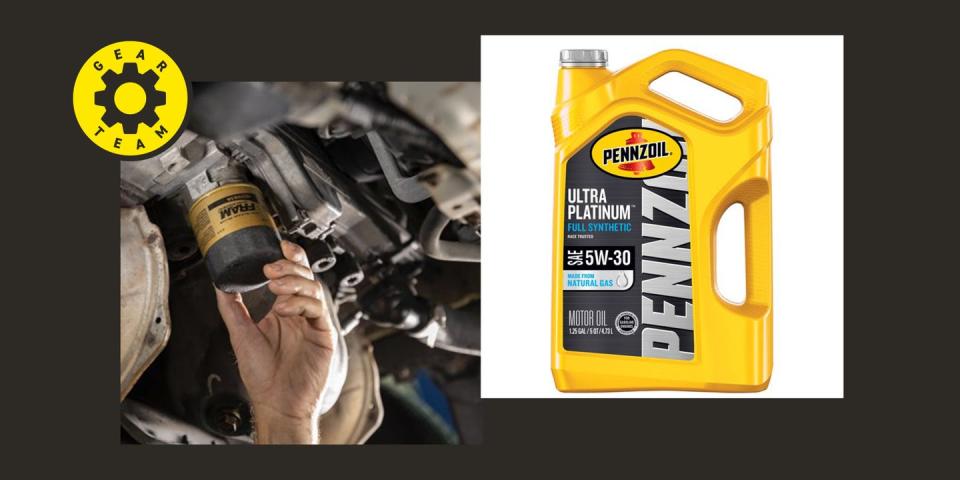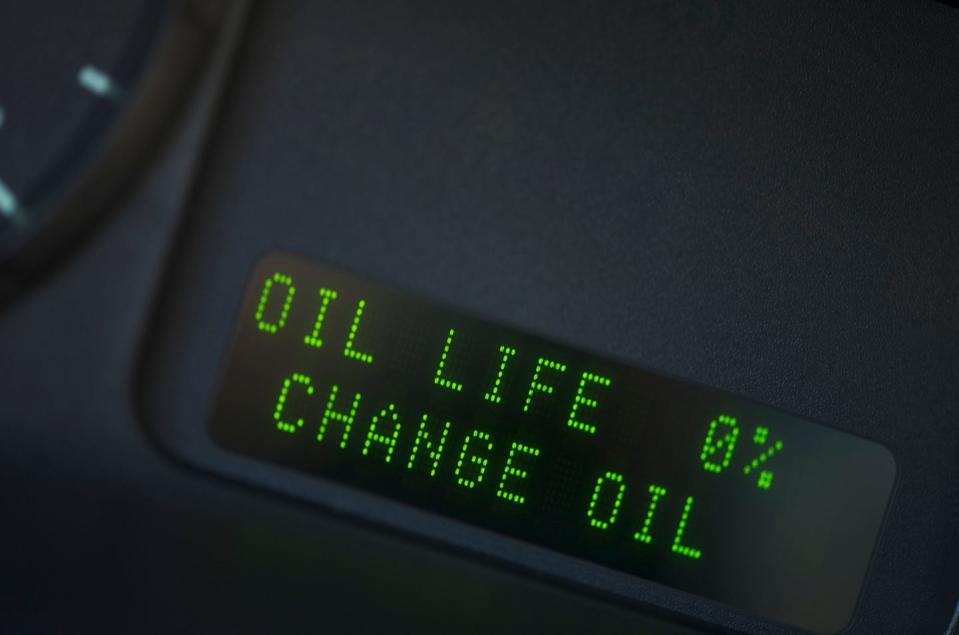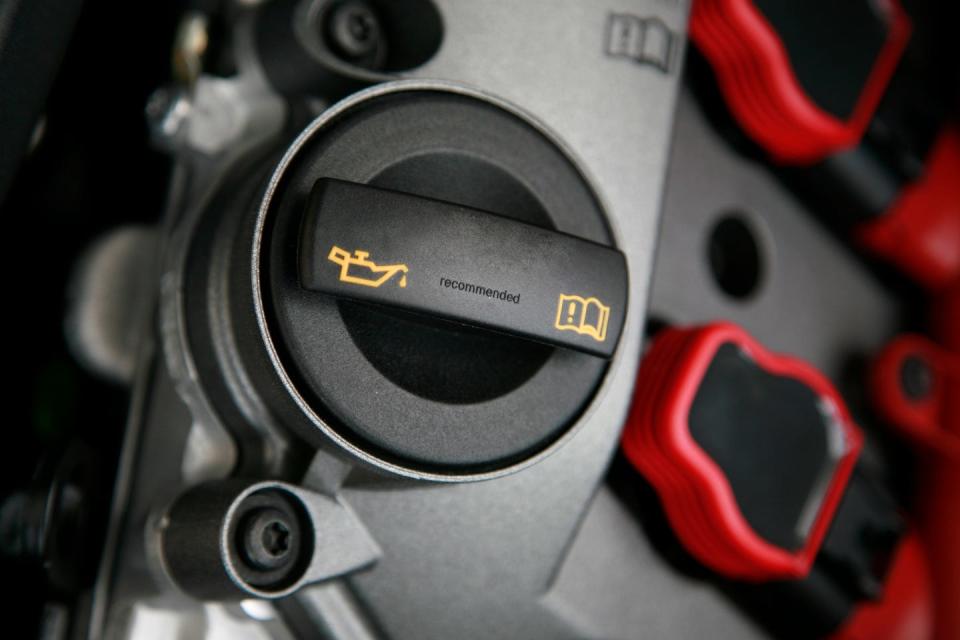When Should You Change Your Oil?

You know you need to change your car's oil at some point, but how often? The answer can be confusing, because it varies based on driving conditions and your driving habits. Let us simplify it for you.
Conservative estimates for oil-change intervals used to be as low as 3000 miles, before significant improvements in fuel-delivery systems, engine materials, manufacturing methods, and oil chemistry. Today, modern engines driven normally stretch intervals to 7500 or even more than 10,000 miles. So what's the right answer?
When Your Vehicle Is in Warranty
When a vehicle is new, the answer is simple: If you don't want to void your powertrain warranty, follow the oil type, mileage, and time recommendations in the owner's manual. (Lost your owner's manual? It's likely available online.) In most cases, you'll be taking your vehicle to the dealer for required inspections and maintenance, and oil changes will be included in that regime.

Some newer vehicles have a built-in oil-life monitor. This gadget uses an algorithm, sensors, and software that keep track of drive temperatures, cold starts, driving hours, idling hours, and engine revs. It uses that data to calculate the oil's condition and warranty-preserving change intervals. Keep in mind that the oil monitor is calibrated for the oil type recommended in the owner's manual. Service alerts are displayed in the instrument cluster. In some systems, one of the instrument-cluster information screens will read out remaining oil life as a percentage. This is much different from the red oil-pressure warning light that glows when you start the engine. If that's on while you're driving or idling, it means you're out of oil or have a very serious engine issue. Time to park and key off.
When Your Vehicle Is Out of Warranty
Once you're outside the maker's warranty, determining change intervals requires some common sense and an educated guess—unless your vehicle has an aforementioned oil-life monitor. There are often different recommendations for normal and severe driving. Intervals vary widely depending on whom you ask, whether you tow (and how often), the time of year, and even where you drive.
Severe conditions include:
If you make many short trips of five miles or less (in normal temperatures)
If you make many short trips of 10 miles or less (in freezing temperatures)
Extreme hot-weather stop-and-go driving
Driving at low speeds for long distances
Lots of miles on dusty, muddy, salty, sandy, or gravel roads
Long-distance trailer towing
Track driving

Are Frequent Oil Changes Better?
Not surprisingly, service providers (oil-change shops and dealerships) tend to recommend shorter change intervals (3000 to 5000 miles). That can never hurt your engine, but it also means they'll see you and your credit card more often. When your car's on the lift for an oil change, other wear items such as brake pads, coolant, tires, and shocks can also be assessed and possibly replaced. So it's also obviously good for their business. (With older vehicles, which may burn oil, you'll want to check the oil level using the dipstick at least once a month.) But if you're not driving your car in severe conditions—and few of us are—you can stick to the manufacturer's recommended oil-change intervals (which often include an oil-filter change at the same time). And, of course, if your car has an oil-life monitor, heed that.
Longer-Life Oils
What about using premium extended-life and pricey synthetic oils for projected 10,000- and even 12,000-mile changes? About synthetics: Almost all newer vehicles use synthetic oil, so if the manufacturer specifies that, you must use it. Many older vehicles weren't filled with synthetics when new and still use conventional petroleum-based oil. In that case, you have a choice.
Some oil refiners produce sophisticated carmaker-approved extended-life oils that do help stretch the time between changes. These oils have special chemistry or additives that support their ability to go longer distances. They resist high-temperature breakdown better and keep dirt and particulates in suspension longer so that the oil filter can catch them. They also cost more than standard oils; you'll need to do the math to see if it's worth the extra cost.

 Yahoo Autos
Yahoo Autos 